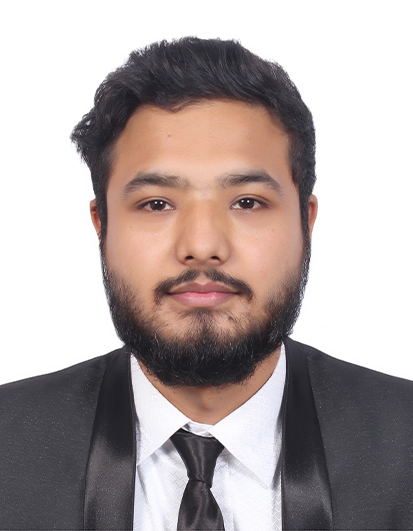
Pope Francis Elevates 21 Diverse Cardinals
A Vision for the Future of the Catholic Church
In a historic ceremony held under the bright skies of Vatican City, Pope Francis welcomed 21 clergymen from different corners of the globe into the prestigious rank of cardinal. In this significant move, the Pope emphasized the critical role of diversity in shaping the future of the Catholic Church.
A Symphony of Diversity in the Church
Amidst the grandeur of St. Peter's Square, Pope Francis addressed the gathered audience, emphasizing that the College of Cardinals should resemble a symphony orchestra, symbolizing the harmony and synodality of the Church. He noted that diversity is not only necessary but indispensable. However, he also highlighted the importance of each cardinal contributing to the common design of the Church.
Choosing New Cardinals: Signaling Church Priorities
The selection of new cardinals is a closely watched event as it provides insights into the priorities and direction of the Church. Additionally, one of these newly elevated cardinals may someday be chosen by his peers to succeed Pope Francis, who has expressed openness to stepping down if his health requires it. Speculation about his potential resignation has arisen due to his recent health issues, including a second abdominal surgery in two years.
This ceremony, known as a consistory, marked the ninth of its kind since Pope Francis assumed leadership of the world's 1.3 billion Catholics in 2013.
Bestowing Cardinalhood: Symbols of Office
In a symbolic ritual, each cardinal, now adorned in scarlet, knelt before the Pope. Pope Francis bestowed upon them the two distinctive symbols of their high office: a scarlet four-cornered cap known as a biretta and a cardinal's ring. His warm encouragement, expressed with "Bravo!" or "Courage!" as he shook their hands, was met with smiles from the newly elevated cardinals.
A More Inclusive, Universal Church
Throughout his papacy, Pope Francis has worked diligently to create a more inclusive and universal Church. He has looked beyond Europe to clergy in Africa, Asia, and Latin America to fill the Church's highest ranks. Of the 21 new cardinals, 18 are below the age of 80, making them eligible to vote in the next conclave, where the successor to Pope Francis will be chosen. These appointments have led to speculation that the future leader of the Church will follow in Pope Francis' footsteps, advocating for a more tolerant Church with a strong focus on addressing the needs of the poor and marginalized.
Reaching the Peripheries
In selecting his latest group of cardinals, Pope Francis has once again prioritized regions where Catholicism is flourishing. This approach breaks with the tradition of promoting archbishops from large and powerful dioceses. The diverse group of cardinals reflects the richness and variety of experiences within the Church, emphasizing that the Church encompasses all people, transcending geographical boundaries.
Representation from Around the World
The newly appointed cardinals include representatives from various parts of the world. Three come from South America, including two from Argentina, and three from Africa, including the archbishops of Juba in South Sudan, Tabora in Tanzania, and the Archbishop of Cape Town. Asia is represented by the Bishop of Penang in Malaysia and the Bishop of Hong Kong, Stephen Chow, known for his pivotal role in improving relations between the Vatican and Beijing. Some of these cardinals bring extensive experience in diplomatic efforts in regions where the Holy See aims to play a significant role.
Jerusalem's Latin Patriarch: A Cardinal for Peace
Among the newly appointed cardinals is Italian Archbishop Pierbattista Pizzaballa, the Latin Patriarch of Jerusalem. He becomes the first seated Latin Patriarch of Jerusalem to be made a cardinal. Pizzaballa emphasized the significance of Jerusalem as a small laboratory, characterized by interreligious and intercultural dynamics, presenting a challenge that resonates on a global scale.
Diplomacy and Administration Recognized
The new cardinals also include key figures in diplomacy and administration within the Church. Christophe Pierre, the apostolic nuncio to the United States, is among them. Pierre, a seasoned diplomat with a career spanning countries like Haiti, Uganda, and Mexico, brings a wealth of experience to his new role.
Additionally, administrators from the Curia, the Holy See's government, have been recognized, including Italy's Claudio Gugerotti, Argentina's Victor Manuel Fernandez, and Chicago-born Robert Prevost.
Looking Ahead
This consistory, the first since August 2022, underlines Pope Francis' commitment to fostering diversity and inclusivity within the Catholic Church. As these newly appointed cardinals assume their roles, they carry with them the hopes and expectations of a Church that continues to evolve and adapt to the changing world.
